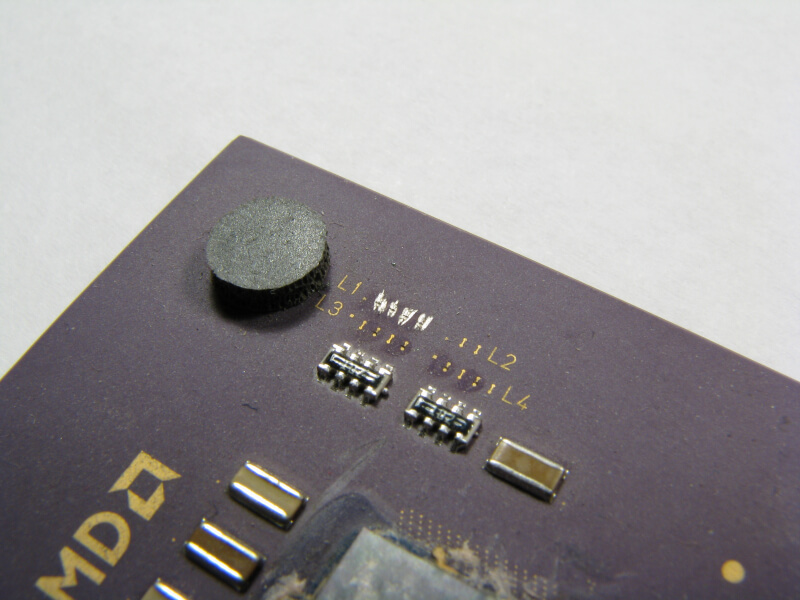Choose your answer and the correct choice will be revealed.

AMD Athlon processors using Slot-A motherboards were the company’s first multiplier-locked parts. The processors had their L1 bridges lasered off to prevent users from changing the chip’s clock multiplier. This was at least partially done in response to shady computer shops who were overclocking processors and reselling them as faster models.
But of course, it wasn’t long before enterprising enthusiasts learned that by reconnecting the L1 bridges with the graphite in a #2 pencil or anything else that was conductive enough, you could regain access to the processor’s multiplier settings in the system BIOS, completing factory-destroyed circuits, and opening the door to some free speed.
This process became more challenging as AMD switched from manufacturing ceramic chips to a PCB material. The laser cut pits into the PCB that required more than just a pencil to fill in, as our server guru Per Hansson explained in a guide on the subject back in the day.

